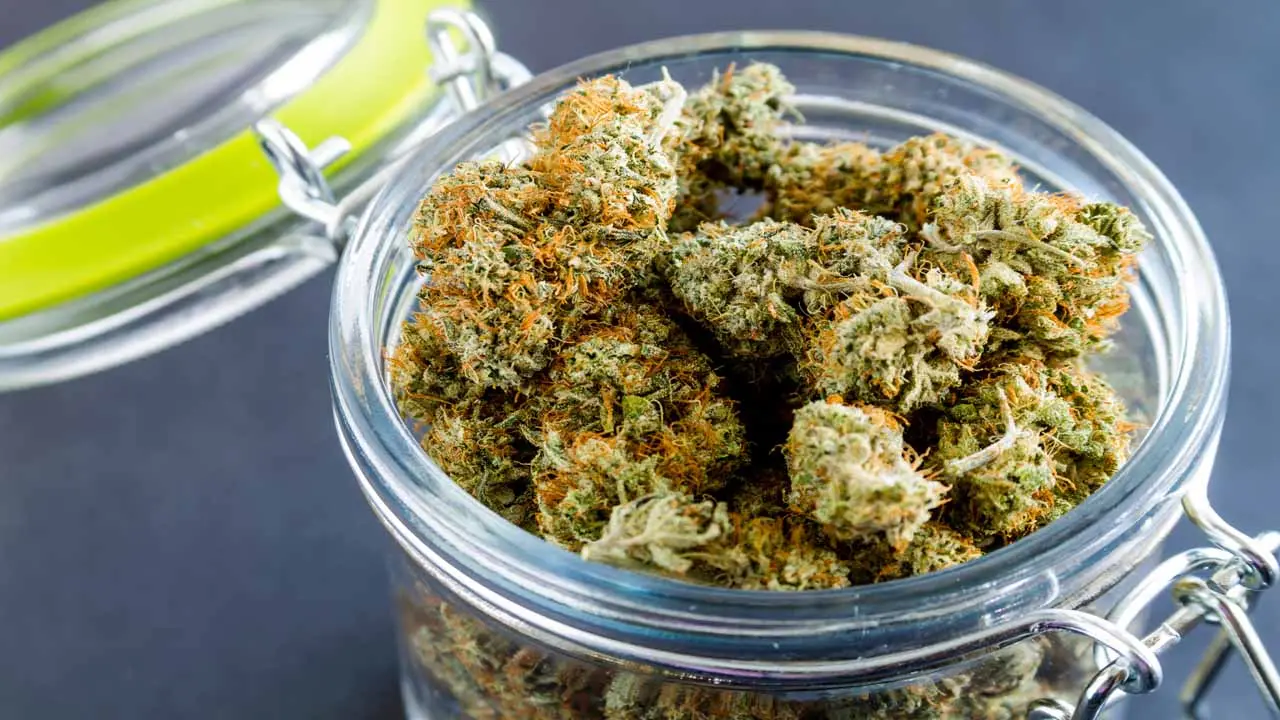The arrival of 2022 ushered in major changes to state marijuana markets across the nation, ranging from the launch of adult-use cannabis sales in Montana to flower being sold for the first time by medical marijuana retailers in Louisiana.
Additional notable business developments took effect in other states on Jan. 1, including:
- The end of an opt-out period for New York localities that wanted to ban either recreational marijuana sales or local consumption lounges ahead of the state’s upcoming adult-use market.
- New regulations took effect in Colorado and Oregon, with the former reducing marijuana concentrate purchase limits and the latter expanding them and launching home cannabis delivery.
- New Mexico finalized regulations for its soon-to-launch recreational market, which is slated to begin April 1.
The changes reflect how the larger U.S. cannabis industry continues to expand, experts said.
“Even medical cannabis laws continue to get better – more qualifying conditions, new forms of access – even in very deep red states,” said Karen O’Keefe, the director of state policies at the Washington DC-based Marijuana Policy Project (MPP).
“It’s all positive, in my read. Slowly marching forward.”
Andrew Livingston, director of economics and research at Denver-based consulting firm VS Strategies, said the updates reflect the constantly changing nature of the marijuana industry.
“A lot of this is just the implementation of our wins. We planted trees earlier with ballot measures or legislative bills, and those are now bearing fruit,” Livingston said.
“Strap in, because this is going to continue to change over time.”
Montana starts with a bang
Montana’s recreational marijuana sales kickoff and the start of cannabis flower availability in Louisiana were both reported as successes for businesses.
According to Helena TV station KTVH, roughly 380 retailers in 29 counties can now sell both medical and adult-use cannabis.
The Montana Department of Revenue found that sales at cannabis shops topped $1.5 million over the New Year’s weekend, KTHV reported.
The learning curve for entering the cannabis industry is steep. Start with the fundamentals.
MJBiz Cannabis 101 Email Course
A 10-part email course designed to educate new hires and aspiring professionals on the key fundamental areas of the legal cannabis industry, including:
- History of legal cannabis in America
- Overview of plant-touching + ancillary business sectors
- Cannabis finance and investing
- Cannabis marketing and brand building
- Employment + hiring opportunities
- And much more!
Gain a comprehensive understanding of this complex industry with this free resource.
Some Montana shops retailers experienced lengthy lines of customers who braved near-zero temperatures to make adult-use purchases – a sign of robust demand, the Independent Record of Helena reported.
Customers also arrived from neighboring states such as Wyoming to buy cannabis.
“If you’re a Montana medical operator, you’re going to be able to transition to adult use, and you’re going to see a significant boon,” Livingston said.
But some retailers hoarded inventory to avoid running out, the Record reported.
And legal questions remain over issues such as retail license caps in municipalities such as Bozeman.
Prices ‘double’ Louisiana’s illicit market
In Louisiana, medical marijuana patients encountered “long lines” to pay an estimated “double” the price of marijuana available on the illicit market, the Lafayette Daily Advertiser reported.
One medical marijuana pharmacy charged $440-$480 for an ounce of flower, while prices for an eighth of flower ranged from $35 at one pharmacy to $80 at a New Orleans retailer.
According to The (Baton Rouge) Advocate, some of Louisiana’s nine registered MMJ pharmacies saw “hours-long waits” and placed rations on how much flower patients could purchase at once.
Despite some bumps, O’Keefe and Livingston agreed Louisiana’s decision to add flower – which both Florida and Minnesota did after once prohibiting it – will brighten the business prospects for the state’s registered medical cannabis companies.
“If you’re a medical cannabis pharmacy in Louisiana, you’re going to have a new product to put on your shelves,” VS Strategies’ Livingston said.
“For the average business, things are going to be a net positive.”
More incremental steps still significant
While less attention might have been paid to regulatory steps taken in Colorado, Oregon, New Mexico and New York, those also reflect the ongoing changes within the larger industry, O’Keefe and Livingston said.
“Progress has moved forward in the past year quicker than I think we ever saw before,” MPP”s O’Keefe said.
“By and large, most of the new regulatory measures have been overwhelmingly positive.”
O’Keefe did note that Colorado took a step backward with new purchase restrictions on marijuana concentrates, which were lowered from 40 grams a day to 8 grams.
O’Keefe said the change could have “adverse impacts,” particularly for medical patients who rely on high-potency products.
But the rest of the industry changes were largely positive for businesses.
In New York, for example, 655 of the state’s 1,518 municipalities chose to prohibit adult-use sales and 751 decided to ban consumption lounges, according to data from the Rockefeller Institute of Government in Albany.
While the number of localities banning recreational businesses might seem high, it’s not even half the state, Livingston noted.
In California, by contrast, local marijuana business bans still cover roughly two-thirds of municipalities.
Oregon and New Mexico, meanwhile, both issued new rules likely to benefit marijuana businesses.
In Oregon, the state boosted purchase limits from 1 ounce to 2 ounces while edibles concentrations per package were also increased, from 50 milligrams to 100.
Also, marijuana home delivery is now allowed across city and county lines, expanding the radius for all transport operators.
In New Mexico, regulators are prepping for a free market with no license caps.
Now that the rules have been issued, business owners can really begin prepping for operations, and a handful of permits have already been awarded.
John Schroyer can be reached at john.schroyer@mjbizdaily.com.





